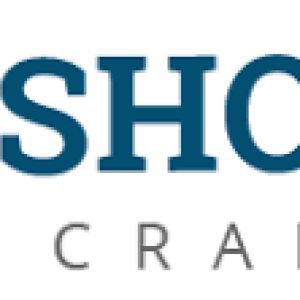Here are the Reasons to Buy Baby Medical HelmetsPosted by shorthillscranialcenter on December 3rd, 2021 Have you at any point seen a child wearing headgear that resembled a protective cap? They might be doing cap treatment or cranial orthosis. Most children who require head protector treatment have a condition called craniosynostosis.
What Is Craniosynostosis?
Our skull is composed of five dainty, hard plates. These plates are held together by stringy tissue or stitches. These stitches permit our skull to extend as our minds develop. As we create, these stitches solidify and secure our skull bones together. Craniosynostosis is a condition that makes at least one stitch close too early.
If your child has craniosynostosis, it might influence the state of their skull, contingent upon the number of stitches close before they should. If one stitch closes too early, your child\'s skull may grow normally, yet their head might be strangely formed. If more than one stitch closes too early, your child\'s skull may not develop at the proper rate. You can look for baby medical helmets in New York online.
Types of Craniosynostosis There are a few types of craniosynostosis that might influence your child, including the following:
Scaphocephaly. Likewise called sagittal craniosynostosis, scaphocephaly is the untimely combination of the sagittal stitch, which runs front to back and down the center of the highest point of the head.
Scaphocephaly makes the skull long and slender. It comes down on the cerebrum, making the skull not develop regularly.
Trigonocephaly. Likewise called metopic synostosis, trigonocephaly is the combination of the metopic—or temple—stitch. The metopic stitch runs from the highest point of the head and down the center of the brow toward the nose. Early shutting of this stitch might cause a conspicuous edge running down the brow to frame, and afterward, the temple might grow in a triangle manner.
How Is Craniosynostosis Diagnosed? You or your PCP might see that your child has an odd-molded head upon entering the world soon after birth, or later at a well-kid test or yearly test.
To analyze craniosynostosis, your child\'s pediatrician might do the following: Outwardly look at your endearing face and head
For instance, deformational (or positional) plagiocephaly happens when children rest similarly situated, particularly on their back. It makes children foster a level spot on one side of their head or the whole back of their head. Deformational plagiocephaly is also called “level head condition.\" always get the best plagiocephaly treatment in New Jersey online from a renowned center. Like it? Share it!More by this author |


